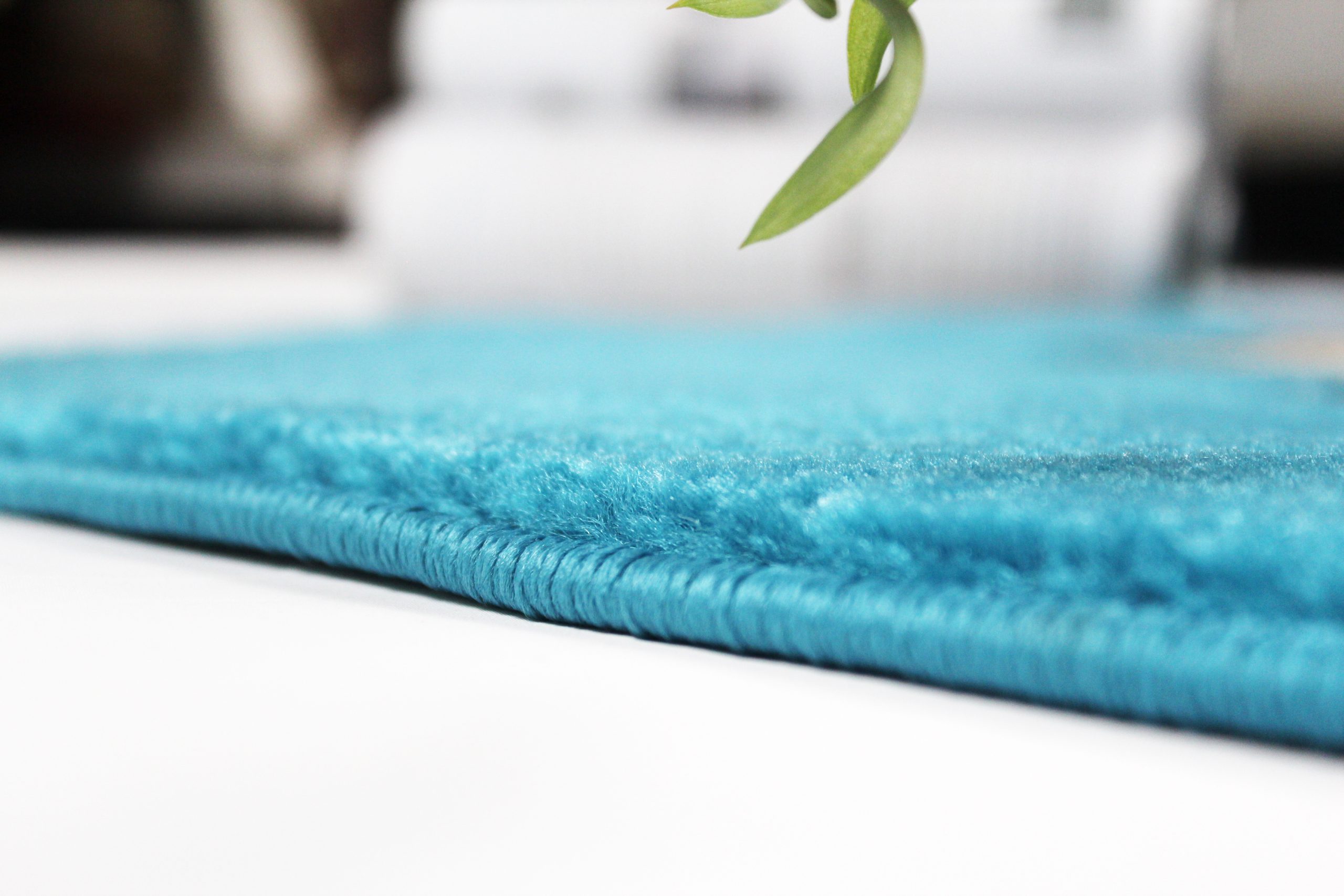What is the best blanket material?

Long Kitchen Mat Bath Carpet Floor Mat Home Entrance Doormat Tapete Absorbent Bedroom Living Room Floor Mats Modern Kitchen Rug 8
The “best” blanket material largely depends on the desired use, personal preference, and any specific benefits sought, such as warmth, breathability, softness, hypoallergenic qualities, or sustainability. Common materials used for blankets include:
1. **Cotton**: Lightweight and breathable, making it ideal for warmer climates or summer use. Organic cotton is a popular choice for those seeking eco-friendly options.
2. **Wool**: Known for its excellent insulation properties, wool blankets are warm, durable, and naturally fire-resistant. They are suitable for cold weather and can regulate body temperature.
3. **Down**: Soft and very warm, down blankets are filled with the fine feathers from ducks or geese. They are lightweight and compressible, making them great for travel. However, they are not suitable for people with allergies to feathers.
4. **Acrylic**: Synthetic and less expensive than wool, acrylic blankets mimic the look and feel of wool but are typically not as warm or breathable. They are machine washable and dry quickly.
5. **Polyester**: Another synthetic option, polyester blankets are wrinkle-resistant and retain their shape well. They can be a budget-friendly choice and are easy to care for.
6. **Bamboo**: Eco-friendly and hypoallergenic, bamboo blankets are soft, breathable, and moisture-wicking. They are a good option for those with sensitive skin or allergies.
7. **Silk**: Silk blankets are luxurious and smooth, offering a unique cooling effect, making them ideal for warm sleepers. They are also hypoallergenic but require careful hand washing.
8. **Cashmere**: Extremely soft and warm, cashmere blankets are a high-end choice. They are lightweight and provide a cozy feeling but require gentle care to maintain their quality.
9. **Linen**: Linen blankets are breathable and become softer with each wash. They are a good choice for warmer seasons due to their cool touch.
When choosing a blanket material, consider the climate, your thermal needs, any potential allergies, care and maintenance preferences, and whether you prioritize eco-friendliness or luxury. Each material has its own set of advantages and characteristics that make it more or less suitable for different situations and individual preferences.



